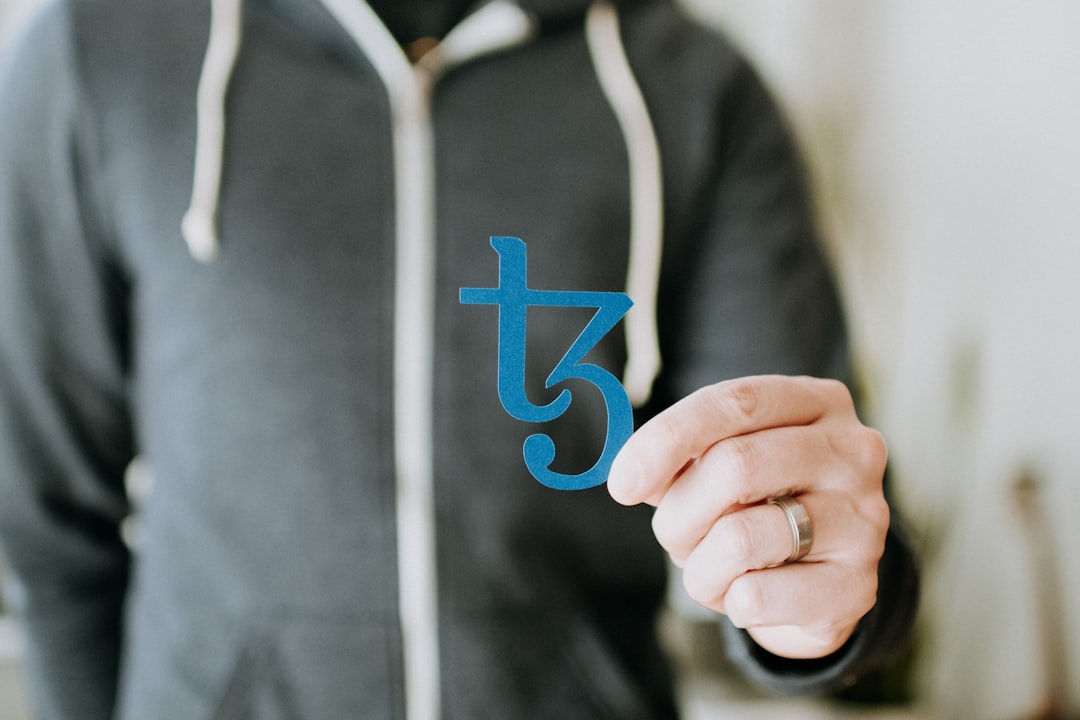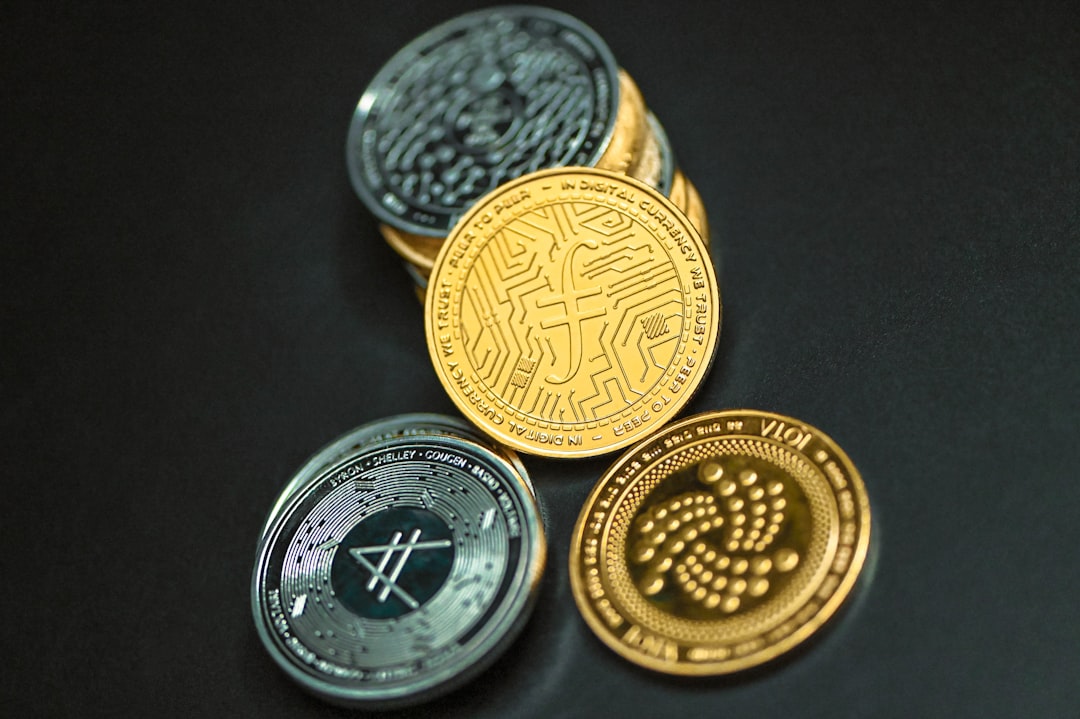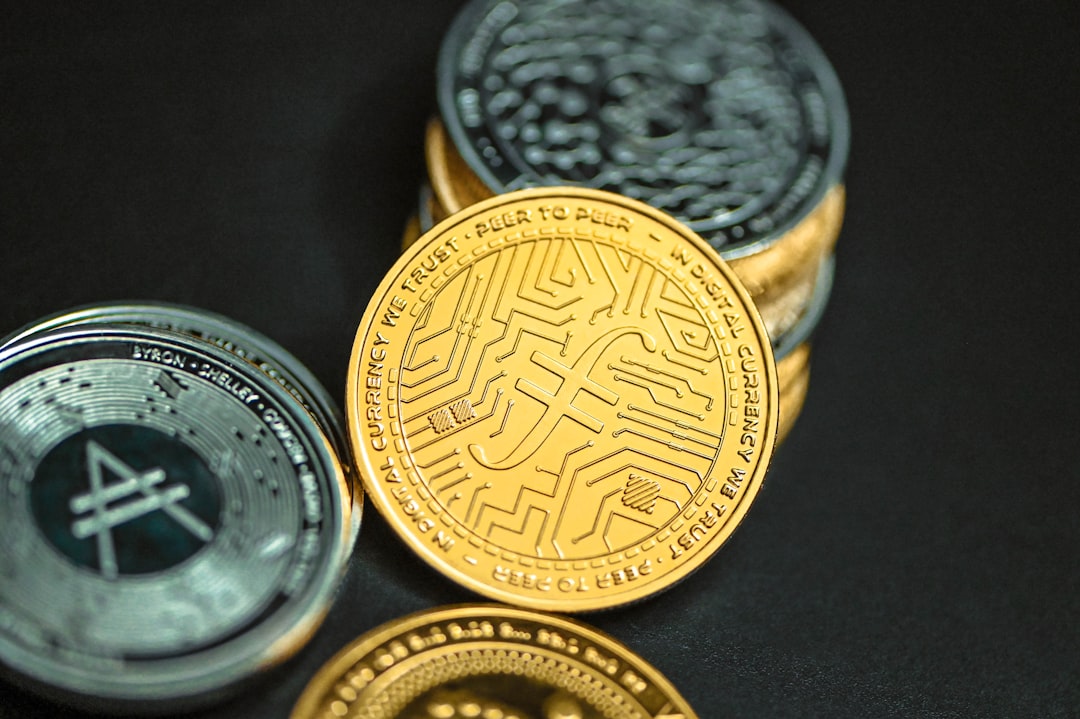
How Hong Kong Cracks the Blockchain Privacy Dilemma within the Legal Red Line? A look at the key games of the financial revolution
When 'Transparency' and 'Privacy' Meet on the Blockchain
Hong Kong is on the cutting edge of the global fintech wave - from Chief Executive Eric Li's public embrace of the Web 3.0 revolution to Financial Secretary Paul Chan's declaration of a "golden age of virtual asset regulation", the city is attempting to walk a unique path on the steel cable of "innovation" and "compliance". But few people have noticed:How does Hong Kong's legal framework delineate the application boundary of privacy protection in a blockchain network that processes hundreds of billions of data per second?
The Double Edge of Blockchain: The Deadly Temptation of Financial Efficiency and Privacy Risks
According to the Hong Kong Financial Services Development Council's Report No. 61, the global FinTech blockchain market is set to grow explosively at an annual rate of 53%, and Hong Kong is already aiming at three major strategic positions:
- Stabilized Currency Issuance Testing Ground: Through the blockchain verification system for electronic licenses foretold in Policy Address 2023, the Government attempts to establish a "traceable but non-public" data channel in the cross-border payment scenarios.
- Carbon Trading Center HubThe Conflict between Partial Transparency of Corporate Carbon Data and Protection of Commercial Confidentiality: Automating Carbon Emissions Settlement with Smart Contracts
- Digitization of Government ServicesBlockchain identity authentication systems will face a direct test under Principle 4 of the Personal Data (Privacy) Ordinance in the "100 Smart Cities Program" to be launched in 2024.
This is the ultimate dilemma for Hong Kong regulators - how should the law redefine data sovereignty when the "immutability" of decentralized ledger technology (DLT) meets the "right to be forgotten" of the General Data Protection Regulation (GDPR)?
From 'Sandbox Experiments' to 'Regulatory Hard Boundaries': The Evolution of Regulation in Hong Kong
The Hong Kong Securities and Futures Commission (SFC)'s latest "Guidelines on the Regulation of Virtual Asset Trading Platforms" reveal key signals:
- Penetrating Regulatory Technology: Require trading platforms to implement a "zero-knowledge" mechanism so that regulators can penetrate anonymous wallets to track the flow of funds without exposing the full transaction history of users.
- Dynamic Token White List: Establish an interdepartmental committee to scrutinize on-shelf tokens, and implement a default ban on private coins (e.g., Monero, Zcash).
- Hierarchical Identity Verification: Borrowing from Singapore's "Verifiable Certificate" model, allowing B2B scenarios to adopt enterprise digital identity chains, but retail investors must complete KYC dual authentication
This "technical compliance" mindset is more specifically demonstrated in the actual test case of Cyberport's Web3 base: a supply chain financial platform, through the "permission-based blockchain" design, enables customs to read only the logistics hash value, and decrypts the complete data only when abnormal transactions are triggered by the court's order.
Innovative Breakthroughs in the Legal Framework: Three Subversive Experiments
Experiment 1: Stabilized Currency Issuer's "Compliance Transformation"
In the latest "sandbox scheme" for stable money issuers announced by the Financial Services and the Treasury Bureau (FSTB), participating firms must embed a "regulatory node" - a node that can monitor the flow of reserves in real time, but has no access to the private keys of individual transaction wallets. This "semi-open" structure is a compromise between the Banking Ordinance and the Payment Systems and Stored Value Instruments Ordinance.
Experiment 2: The "Transparent Black Box" of Carbon Trading
The carbon credit monetization platform being tested by the Hong Kong Exchanges and Clearing Limited (HKEx) adopts a "layered smart contract" design: the base layer discloses the total volume of transactions, while the application layer encrypts the enterprise-specific carbon emission data and opens the decryption privilege only to the authorized nodes of the Environmental Protection Department (EPD). This circumvents the restriction on disclosure of commercially sensitive information under section 14 of the Competition Ordinance.
Experiment 3: "Fragmented Verification" of Digital Identity
The Immigration Department's "Blockchain e-Passport" pilot project has decentralized the storage of personal biometrics in medical institutions, banks and government nodes, making it impossible for any single organization to reconstruct the complete data. Such a framework cleverly complies with the statutory definition of "identifiability" under section 2(1) of the Personal Data Privacy Ordinance.
Future Battlefield: Privacy and Defense in the Web 3.0 Era
While the Hong Kong Web 3.0 Association pushes for "decentralized social protocols," the HKMA has been secretly testing the "controlled anonymity" feature of the central bank's digital currency (e-HKD) - transactions can be traced back to the financial institution level, but shielded from personal terminal information. This design goes straight to the heart of the controversial area of Article 16 of the UN Model Law on Electronic Commerce: how to balance anti-money laundering and privacy in cross-border payments?
More critically, the Hong Kong judiciary is quietly rewriting the rules of evidence: in its 2023 NFT Fraud judgment, the High Court for the first time recognized blockchain hashes as "presumptively true" electronic evidence, while simultaneously requiring the prosecution to prove that the data collection process complied with the "necessity principle" in section 58 of the PDPO.
Who's going to push the "rebalance" button?
Hong Kong's answer is hidden in the code of the 14th Five-Year Plan - when page 47 of the report emphasizes the "establishment of a blockchain regulatory sandbox and rule of law assessment system," the city is embarking on the largest RegTech experiment in the history of the human race. From the deployment of regulatory nodes in the Cyberport to the Legislative Council's debate on the "Draft Jurisprudential Status of Smart Contracts," each technological breakthrough is re-sculpting the legal boundaries of privacy protection.
The logic at the heart of this silent revolution is perhaps the same as the concluding remarks made by the Financial Secretary, Mr. Paul Chan, at the Web3 Carnival:"We are not regulating innovation; we are innovating regulation itself." As the code of blockchain begins to automatically enforce the letter of the law, Hong Kong is writing a new charter for the financial world of the future.
Disclaimer: The contents of this article are for informational purposes only and should not be construed as any form of promotion, investment advice, or invitation, solicitation or recommendation of any investment product.
The contents of this article have been reprinted.offensiveIf there is anything wrong, please contact us and we will remove it immediately, thank you.
Readers should make their own assessment and seek professional advice.





